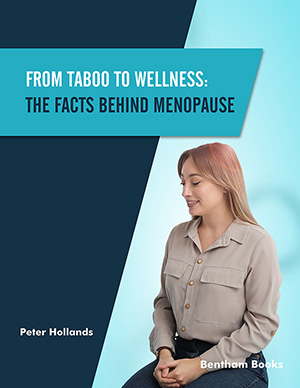Abstract
Overactive bladder is a common disorder that affects over 100 million adults worldwide though its prevalence has been grossly underestimated. The magnitude of this problem is increasing steadily with the growing elderly population, increased incidence of obesity, polypharmacy and increased awareness, making its treatment a challenging task for the physician.
The treatment strategies may be nonpharmacologic or pharmacologic or both. Physical therapy techniques, such as bladder training, pelvic-floor exercises and electrical stimulation of the pelvic floor - are the nonpharmacological therapies that mitigate the sufferings of such patients.
Anticholinergic agents remain the mainstay of the pharmacological therapy and act by decreasing or inhibiting the intensity of involuntary detrusor contractions. Immediate-release oxybutynin was the first dedicated antimuscarinic agent used for the treatment of overactive bladder symptoms. With geographic differences, other currently approved antimuscarinics are propiverine, tolterodine (immediate and extended release), trospium chloride (immediate and extended release), solifenacin (extended release), darifenacin (extended release) and fesoterodine(extended release). Still in the research phase and for use in refractory OAB are gabapentine and intradetrusor injection of botulinum toxin A.
Symptom relief has been observed by more direct neuromodulatory techniques, such as acupuncture, posterior tibial nerve stimulation and sacral nerve stimulation, that address the underlying neurologic condition, although urodynamic data have not corroborated the same. Surgical intervention such as bladder augmentation, may rarely be resorted to in those with refractory urge incontinence and failure of conservative treatments.
Eventually, the aim of all the treatment modalities is to improve the patients’ quality of life.
Keywords: Antimuscarinic agent, augmentation cystoplasty, behavioral treatment, botulinum neurotoxins, overactive bladder, posterior tibial nerve stimulation, sacral neuromodulation, transdermal drug delivery system.










